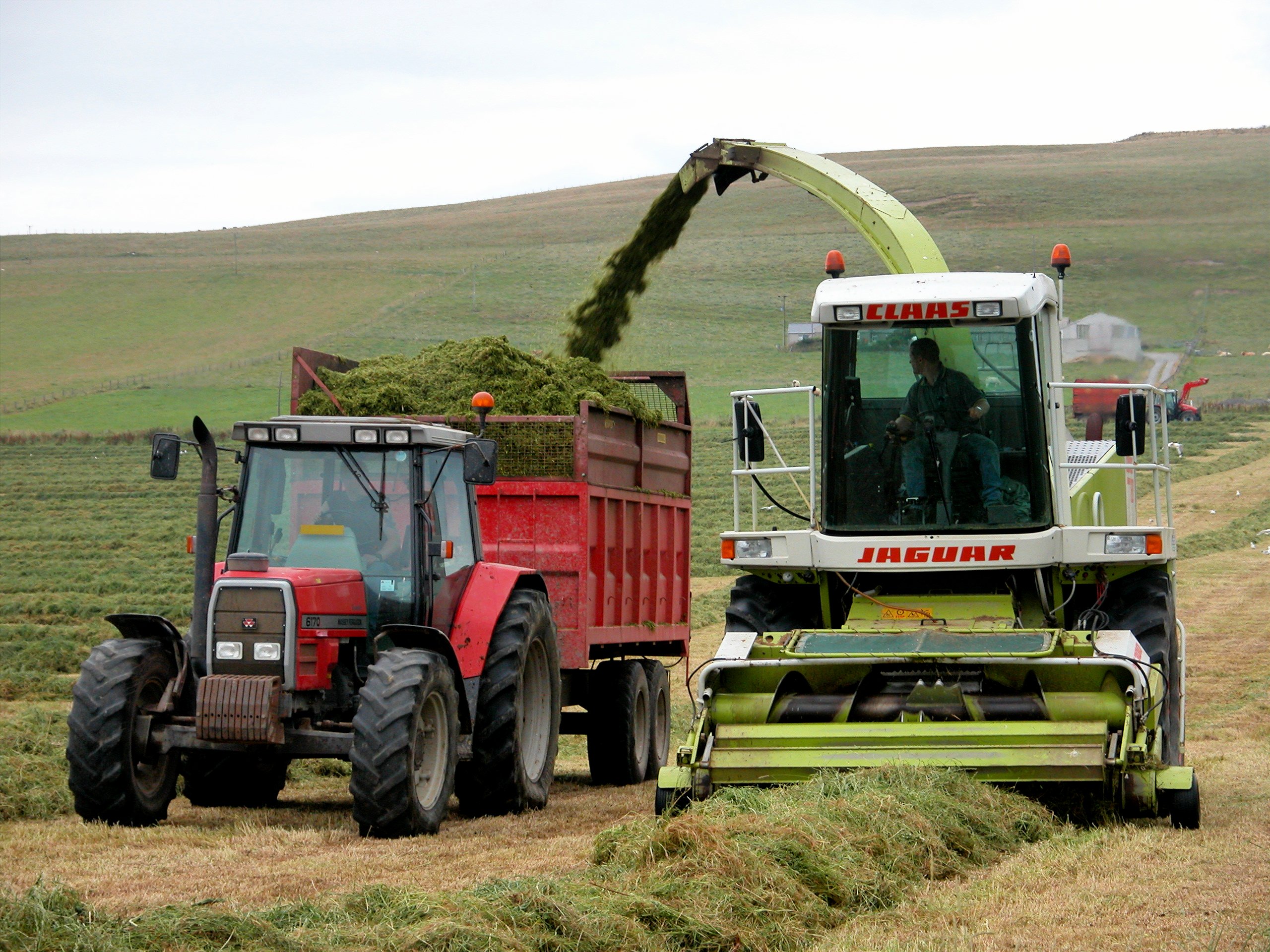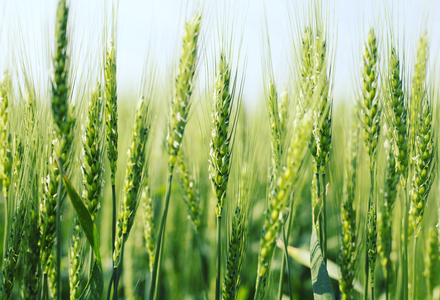Getting the best from grass in drought conditions
19 July 2018
With parts of the country not having had rainfall for some time now, farmers’ concerns are growing with regards to grass growth and making the most from silage.

We’ve spoken to our experts across the country to hear their thoughts on how farmers can get the best possible quantity and quality of grass silage given the circumstances.
Jason Short, Northern England
Compared with an average season at this time of year, stocks in the clamp are looking exceptionally low. Neither the first or second cut were particularly heavy and, with the lack of rain, there’s been zero grass growth. Fields that were cut a week ago are still brown.
There would usually be quite a lot of strip grazing happening at the minute, but all the fields are open, there are no fences, and the cows are hardly bothering to eat the dry, stalky grass that’s left.
There has been a notable increase in people turning combinable crops into wholecrop silage to add some bulk to the clamps, but ultimately farmers will have to wait for rain and suitable growth before cutting again.
It’s not an encouraging situation. The usual 6-7 weeks between cuts has gone completely out of the window and there’s no doubt that farmers will be cutting much later into the season than usual.
Peter Smith, Wales and border counties
Although silage stocks in clamps may look lower than normal in the region this year – particularly after second cut yields were a bit lighter than normal – it’s likely that crops were ensiled at a higher % dry matter. So tonnes of dry matter in clamps may not actually be as low as would seem visually.
However in this long, hot, dry weather, grass growth other than on heavy soils has all but stopped in most areas. Because of this, many farms are now buffer feeding this year’s first cut. Which could mean they run short later on.
With grass not growing, unless you can irrigate it properly, there’s not much that can be done, other than to leave it to recover. Slurry, dirty water or fertiliser should NOT be applied. It will simply burn the crop.
Instead, once rain does arrive, aim to make the most of it at that stage. For example, apply slurry or fertiliser as soon as possible once a decent amount of rain is definitely forecast. Also, do the best job of ensiling it that you can.
Using Ecosyl additive is proven to reduce dry matter losses. Even if you’re not short of silage yourself, silage could be very much in demand this winter. And there’s never a more important time to reduce dry matter losses than when silage is short or valuable to sell.
Find out more about using Ecosyl silage additives.
Alan Smith, Scotland
The first cut in Scotland was a very dry crop, so there’s less volume in the clamp, but the dry matter will be higher than an average year. Second cuts are just getting going so it’s very difficult to say what position farmers will be in once they’ve got that in the clamps.
There’s been an increase in the number of farms making wholecrop silage, presumably as a buffer in case second cut doesn’t fill the clamps as much as required. Generally, farms don’t take a third cut in Scotland, but if rain comes in the next week or so straight after the second cut, then farmers might be in a position to add more to the clamp.
The effects of the weather have been variable across Scotland, with some areas of lighter soils beginning to get short on grass for grazing. However, some of the farms on heavier land are having quite a good grass growing year, and the distance between those different experiences can be as little as five miles.
Colin Callender, South West
Although stocks in the clamp are down compared with previous years, what is there seems to be of reasonable quality. However, there’s no current grass growth at all. Most is actually going backwards not forwards, which means there’s a high chance that final silage stocks will be short. The maize crops are also stressed and more and more farmers are turning to wholecrop silage to help add forage quantity to the clamp.
There needs to be an effort not to allow silage to wilt for too long in the field, you want your crop in the clamp not blowing down the field. Strong considerations also need to be given to replacing unproductive leys this autumn that haven’t fared well in this hot weather.
Ken Stroud, South of England
The first cut was good in this area, a good quality. However, the second cut is virtually non-existent. Farmers are still leaving the crop to wilt for far too long: when there’s plenty of sunshine and breeze as there is now, you can cut in the morning and pick up in the evening.
As with other areas of the country, there’s been a rise in farmers making wholecrop silage to work as a buffer against the exceptionally low quantity of second cut that we are seeing, with many farms making a start on wholecrop harvest in the past week or so.
My biggest suggestion to farmers - other than shortening wilting times - is not to cut too short if and when the opportunity for another cut comes. By cutting short in these conditions you’ll pick up all sorts of bugs leftover from slurry applications. You don’t want a clamp of compost.
The focus has to be on quality. You can buy in extra grain but you can’t always guarantee access to good quality forage. I would advise the use of a proven additive such as Ecosyl 100 (or Ecocool for crops with a high dry matter, such as we’re seeing at the moment) to help ensure the quality remains.
Download Ecosyl 100 product brochure
Download Ecocool product brochure
Howard Gilbert, East Anglia and The Midlands
The first cut in these areas has been very reasonable, there’s been a good quality and quantity gathered, some farmers might say it’s even been one of the better years for first cut.
Unfortunately, as with the rest of the country, the volume of the second cut just isn’t up to scratch. There are some areas here that would take three or even four cuts in an average season – often for quantity – but that’s very unlikely to be an option this year.
Whilst we have seen an increase in wholecrop silage for bulk, I would strongly advise farmers to concentrate on the quality of the crop they are taking, whether that’s grass silage or wholecrop. Some farms are also already looking at what their maize silage might look like this year. There is no doubt that quantity of forage will be compromised and silage stocks will be low this winter, so it’s vital that farmers aim for the highest quality they can, and strategic use of additives will contribute to their success in that.
For more expert advice visit our Silage Advice area or contact your local Ecosyl Silage Expert.
To find out more about using Ecosyl, click here or download the full product brochure.
